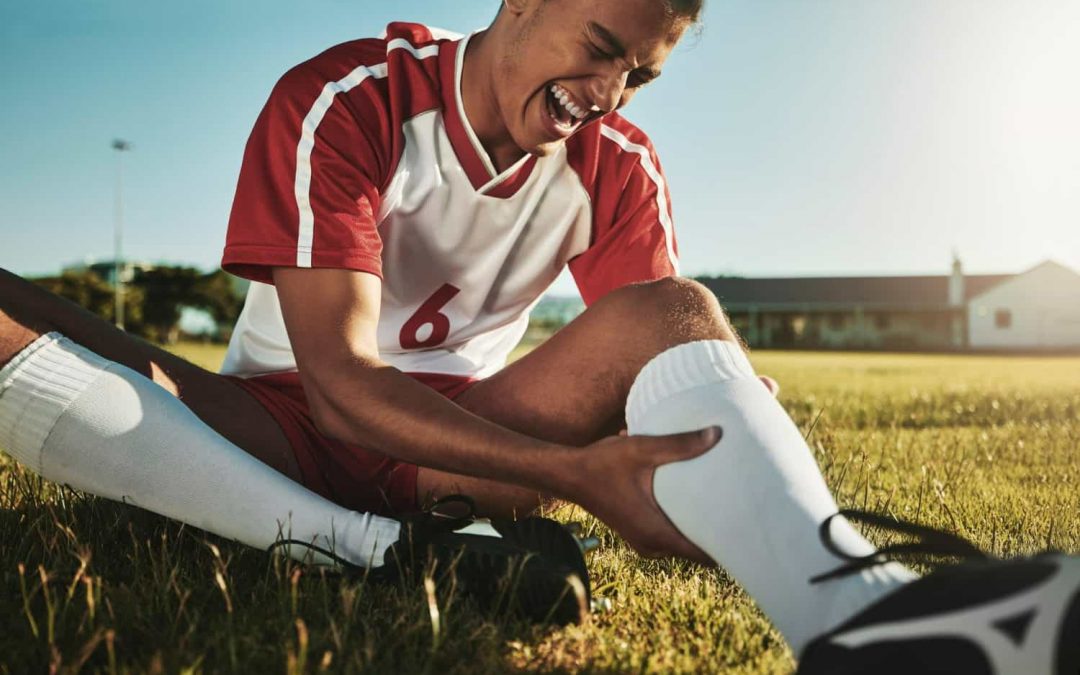Sports are a vital part of our lives, promoting health, camaraderie, and a sense of achievement. However, the physical demands of athletic activities often lead to injuries that can sideline even the most dedicated athletes. Traditional treatments, while effective to a degree, sometimes fall short in providing long-term relief and rapid recovery. Enter regenerative medicine, a groundbreaking field offering new hope for athletes through innovative treatments like stem cell therapy. At Stem Cell of NJ, we specialize in using regenerative medicine to treat sports injuries successfully, helping athletes return to their peak performance levels.
The Challenge of Sports Injuries
Athletes frequently encounter injuries ranging from minor sprains and strains to more severe issues such as ligament tears, tendon injuries, and cartilage damage. These injuries not only cause physical pain but can also lead to emotional distress due to time away from the sport. Traditional treatments often include rest, physical therapy, medications, and sometimes surgery. While these methods can be effective, they don’t always address the underlying damage or offer a permanent solution.
The Promise of Regenerative Medicine
Regenerative medicine focuses on repairing and regenerating damaged tissues by harnessing the body’s natural healing capabilities. Among the various treatments in this field, stem cell therapy stands out for its potential to treat sports injuries effectively. Stem cells are unique because they can differentiate into various cell types, promoting tissue repair and regeneration at the injury site.
How Stem Cell Therapy Works
Stem cell therapy involves harvesting stem cells from the patient’s own body, typically from bone marrow or adipose tissue (fat). These cells are then processed and injected into the injured area. Once administered, the stem cells initiate a repair process by:
- Differentiation: Stem cells can transform into the specific type of cells needed to repair the damaged tissue, whether it’s muscle, tendon, or cartilage.
- Paracrine Signaling: Stem cells release bioactive molecules that signal the body’s healing mechanisms, promoting cell proliferation, reducing inflammation, and stimulating the growth of new blood vessels.
- Immunomodulation: Stem cells can modulate the immune response, reducing excessive inflammation and promoting a more conducive environment for healing.
Success Stories at Stem Cell of NJ
At Stem Cell of NJ, we’ve seen numerous athletes experience remarkable recoveries through regenerative treatments. Here are a few inspiring success stories:
Case Study 1: Torn ACL Recovery
John, a semi-professional soccer player, suffered a torn anterior cruciate ligament (ACL), a common and often career-threatening injury. Traditional surgery would have meant a lengthy recovery period, potentially ending his playing days. John opted for stem cell therapy, and within months, he experienced significant improvement in knee stability and function. His recovery was not only faster but also less painful than traditional surgical methods, allowing him to return to the field stronger than ever.
Case Study 2: Chronic Tendinitis Relief
Sarah, a marathon runner, battled chronic tendinitis in her Achilles tendon, a condition that limited her training and performance. Conventional treatments, including rest and physical therapy, provided only temporary relief. After undergoing stem cell therapy at our clinic, Sarah noticed a dramatic reduction in pain and inflammation. Over time, her tendon healed more completely, enabling her to resume her rigorous training schedule and compete in marathons again.
Case Study 3: Shoulder Injury Rehabilitation
Mike, a competitive swimmer, faced a rotator cuff injury that hindered his ability to train and compete. Surgery was recommended but carried risks of prolonged downtime. Mike chose stem cell therapy, and the results were impressive. His shoulder’s strength and mobility improved significantly, allowing him to return to competitive swimming much sooner than anticipated.
The Future of Sports Medicine
The success of stem cell therapy in treating sports injuries marks a new era in sports medicine. By addressing the root cause of injuries and promoting natural healing, regenerative medicine offers athletes a powerful tool to recover quickly and effectively. At Stem Cell Therapy of NJ, we are committed to advancing these treatments and helping athletes achieve optimal recovery and performance.
Conclusion
Sports injuries no longer have to spell the end of an athlete’s career or passion. With regenerative medicine, particularly stem cell therapy, athletes can now look forward to faster, more effective recoveries. If you’re dealing with a sports injury and seeking a cutting-edge solution, consider the regenerative treatments available at Stem Cell of NJ. Our team of experts is dedicated to helping you return to your sport with renewed strength and vitality. Contact us today to learn more about how we can support your journey to recovery.
Sports Injuries with Regenerative Medicine
Table of Contents
Toggle